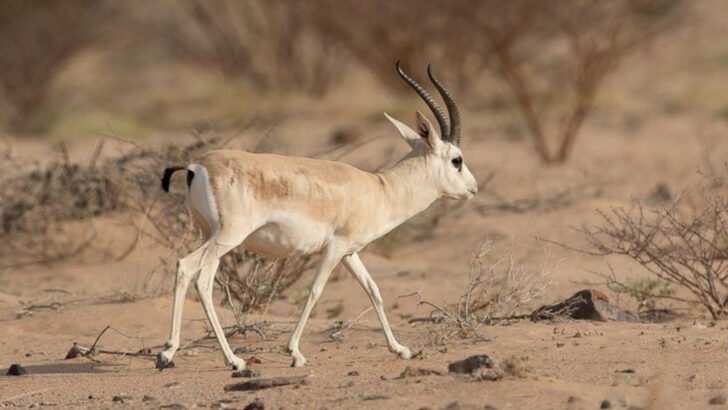Some animals have laughed in the face of thirst.
While most creatures scramble to find a puddle, a stream, or even a drop of dew, these survival specialists have cracked the code—living days, months, or even years without drinking a single sip.
We’re talking about furballs, reptiles, and bugs that turn deserts into home sweet home. Their bodies don’t just conserve water—they squeeze it out of seeds, fog, and even thin air.
You won’t find them lounging by a lake.
You’ll find them buried in sand, perched on rocks, or soaking up the morning mist like pros.
Get ready to meet 17 animals that don’t just survive without water—they thrive in the dry.
Kangaroo Rat

Imagine never needing to drink water! The kangaroo rat achieves this feat, living in arid deserts. Its body efficiently extracts moisture from the foods it consumes, such as seeds. This remarkable adaptation allows it to thrive where others cannot.
Its kidneys concentrate urine to conserve water, showcasing an extraordinary biological innovation. The kangaroo rat’s lifestyle is a testament to survival in hostile environments.
Did you know? These rodents can live their entire lives without a sip of water, making them true desert dwellers. Their unique water-saving methods are a marvel of evolution.
Thorny Devil
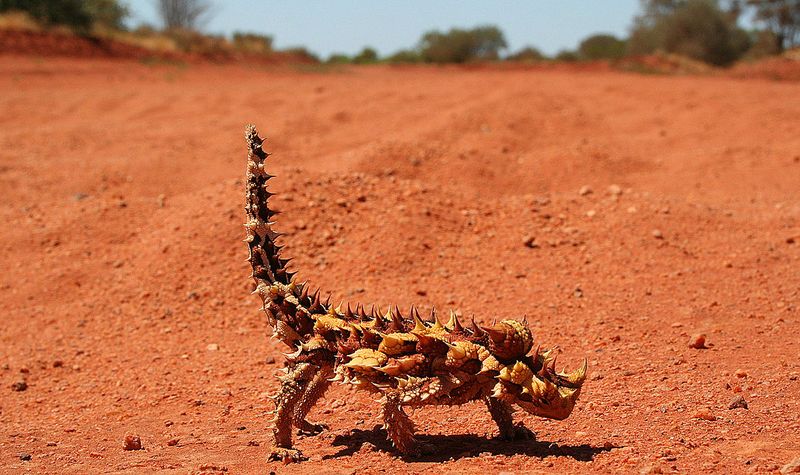
With its spiky skin and camouflaged colors, the thorny devil lizard is a desert icon. It consumes ants and relies on its skin to absorb moisture from the environment.
This lizard can collect dew on its body during cool nights, channeling it to its mouth through grooves in its skin. Such innovative methods of hydration are crucial for its survival.
The thorny devil’s appearance not only deters predators but also serves as a water-harvesting tool. Its unique adaptations make it a master of the outback.
Water-Holding Frog
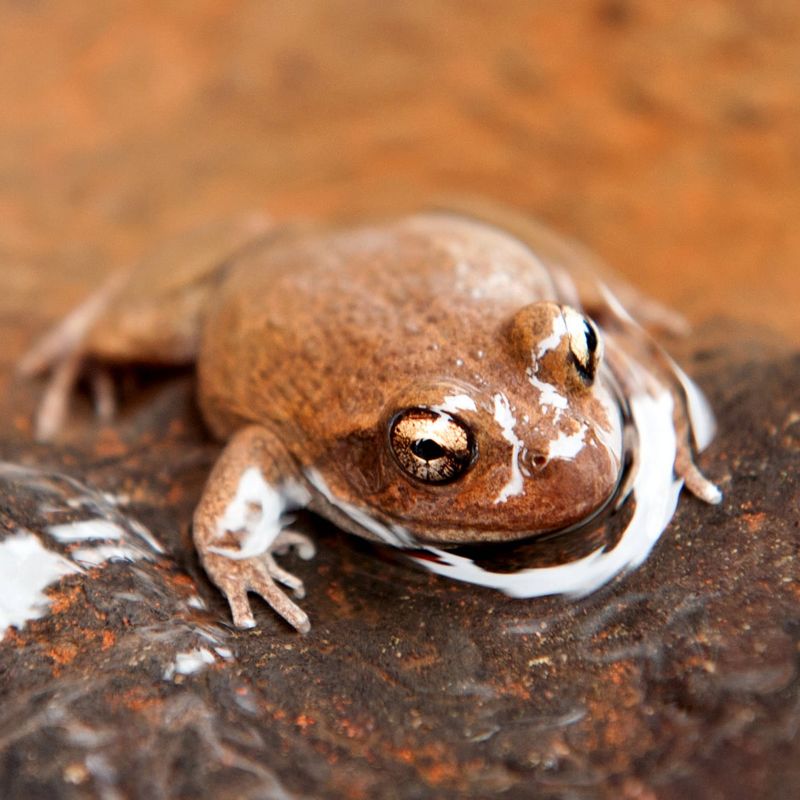
In the heart of Australia’s deserts, the water-holding frog survives drought by absorbing and storing water in its body. It buries itself underground, entering a state of dormancy during dry periods.
Once it rains, the frog rehydrates and resumes normal activity. This ingenious water storage helps it endure harsh conditions for years.
This amphibian’s ability to hold water is not just survival but mastery over its arid domain. The water-holding frog’s life cycle is a dance with the desert’s rhythm.
Camel
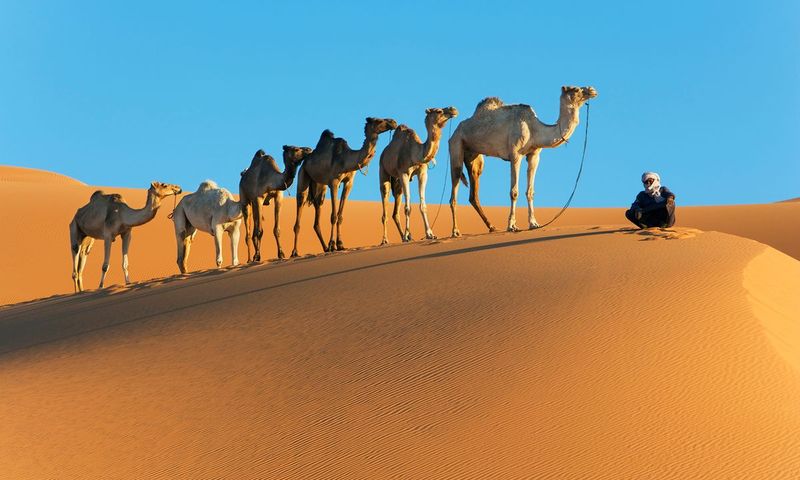
The camel, known as the “ship of the desert,” exemplifies endurance and adaptability. Its humps store fat, which can be converted into water and energy.
Camels can survive weeks without water and endure extreme temperatures, making them essential for desert travel. Their thick coats and unique blood cells help conserve water and regulate temperature.
These majestic creatures embody survival in arid regions. A camel’s ability to traverse vast, waterless expanses has made it a symbol of resilience and strength.
Gila Monster
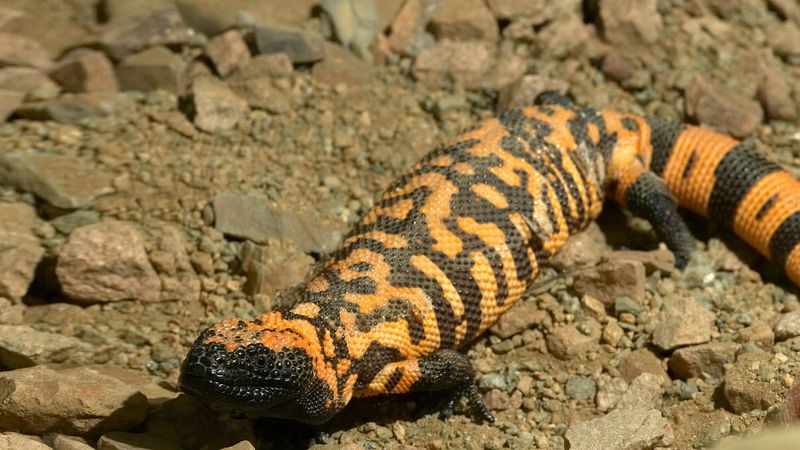
With a slow, deliberate pace, the gila monster navigates its arid home. It’s one of the few venomous lizards and can live months without water.
Its diet of eggs and small animals provides necessary hydration. During scarcity, it uses fat stored in its tail for sustenance.
This lizard’s vibrant appearance is both a warning and a testament to its unique adaptations. The gila monster is a survivor of the harsh desert environment.
African Lungfish
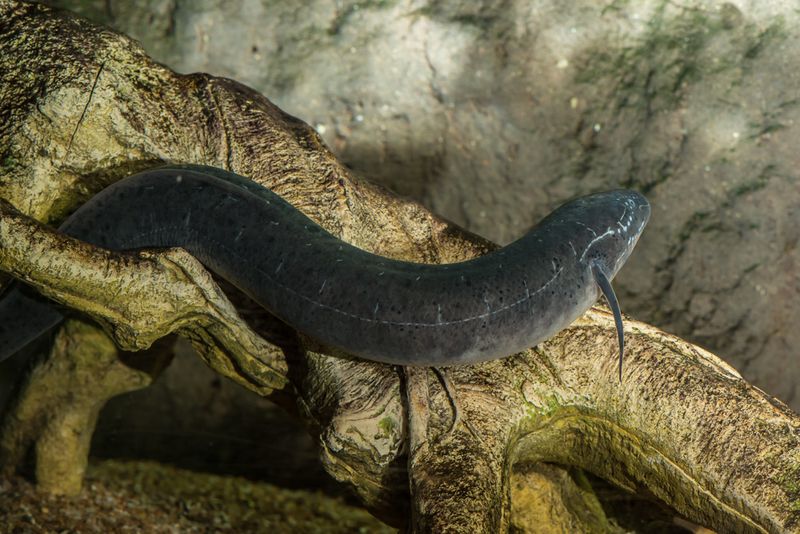
Emerging from the mud, the African lungfish is a true survivor. It can aestivate for years, cocooned in a mucus shell during droughts.
When water returns, it reawakens to feed and grow. Lungfish have both gills and lungs, allowing them to breathe air when water is scarce.
Their resilience showcases an extraordinary evolutionary path. The African lungfish’s ability to endure extended dry spells is a remarkable adaptation.
Tardigrade

Tiny but mighty, the tardigrade can survive without water and even endure the vacuum of space! These micro-animals enter a cryptobiotic state, halting metabolism until conditions improve.
This unique ability to suspend life processes makes them nearly indestructible. Tardigrades can withstand radiation, pressure, and temperature extremes.
Their incredible resilience is a testament to nature’s adaptability. The tardigrade’s survival strategy is nothing short of remarkable.
Desert Tortoise
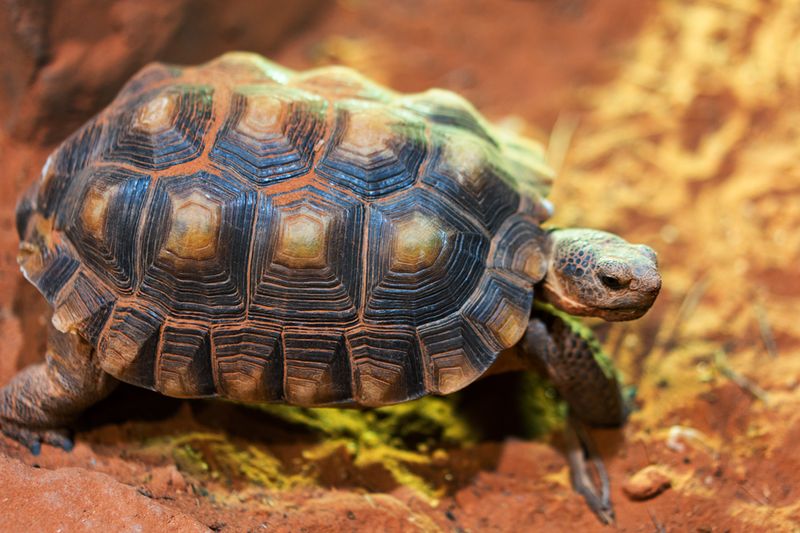
Slow and steady, the desert tortoise thrives in arid landscapes. It conserves water by burrowing underground and entering brumation during extreme heat.
Rainwater collected in natural depressions serves as a vital resource. The tortoise’s dietary habits also provide moisture.
This methodical lifestyle ensures survival in the harsh desert. The desert tortoise’s perseverance is a tribute to nature’s ingenious adaptations.
Jerboa
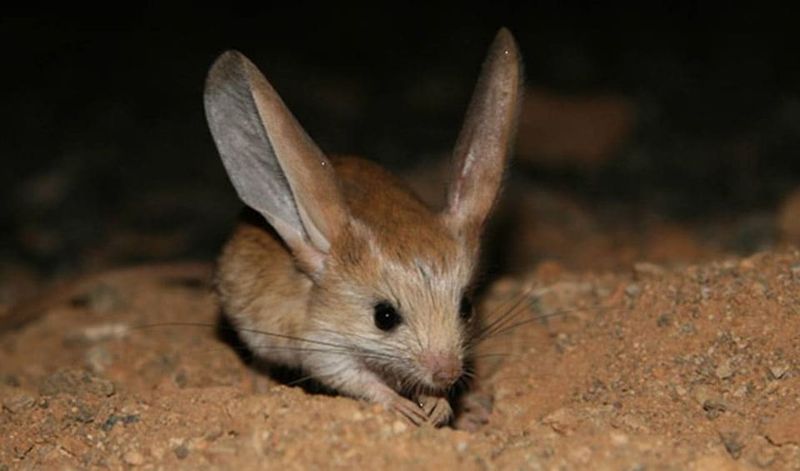
With its long legs and tail, the jerboa is a desert dancer. This small rodent extracts water from seeds and other foods.
Its nocturnal nature helps avoid the sun’s harsh rays, further conserving moisture. The jerboa’s burrows provide a cool refuge from the day’s heat.
These adaptations create a harmonious balance with their environment. The jerboa’s unique survival tactics make it a fascinating creature of the night.
Namib Desert Beetle

Perched on sand dunes, the Namib Desert beetle masters water collection from fog. Its bumpy back captures moisture, which trickles down to its mouth.
This behavior provides essential hydration in one of the driest places on Earth. The beetle’s design is a natural marvel.
The Namib Desert beetle’s life is a testament to innovation in extreme conditions. This unique method of water collection is crucial for its survival.
Sand Gazelle
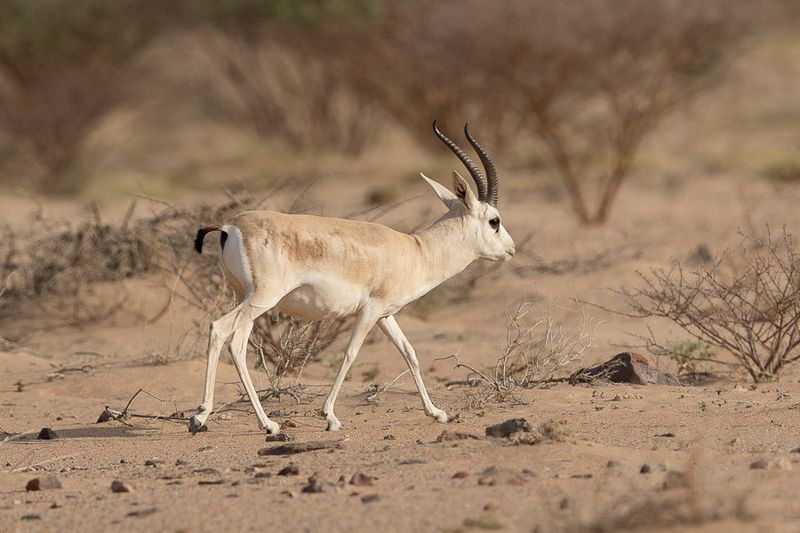
Sleek and graceful, the sand gazelle adapts to desert life by reducing water loss. It can shrink its liver and heart to conserve energy during droughts.
This physiological adaptation minimizes the need for water and food. The gazelle’s ability to withstand arid conditions is impressive.
The sand gazelle’s survival strategies reflect a delicate balance with its environment. Its elegance and resilience make it a desert icon.
Addax Antelope
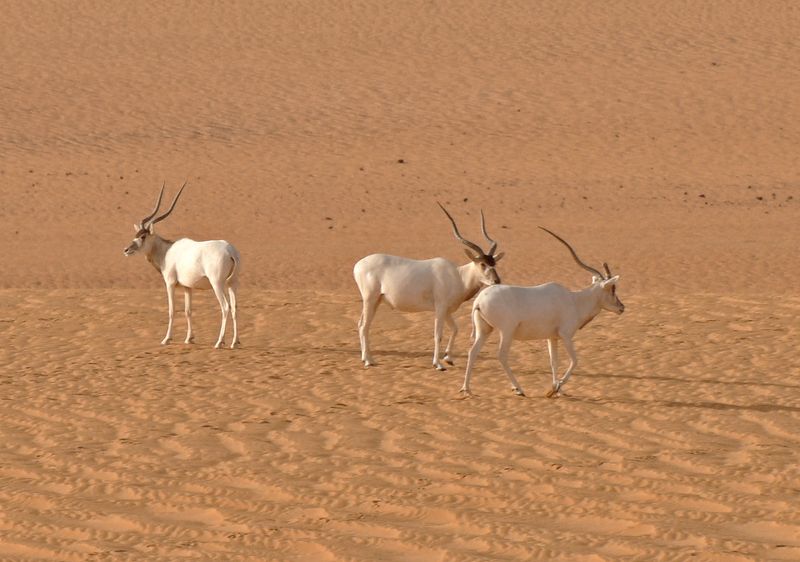
In the vast Sahara, the addax antelope roams with impressive endurance. It can survive without direct water intake, extracting moisture from the plants it consumes.
The addax’s pale coat reflects sunlight, reducing heat absorption. This adaptation is vital for its survival.
Despite harsh conditions, the addax antelope exemplifies nature’s resilience. Its presence in the desert showcases remarkable evolutionary success.
Fennec Fox
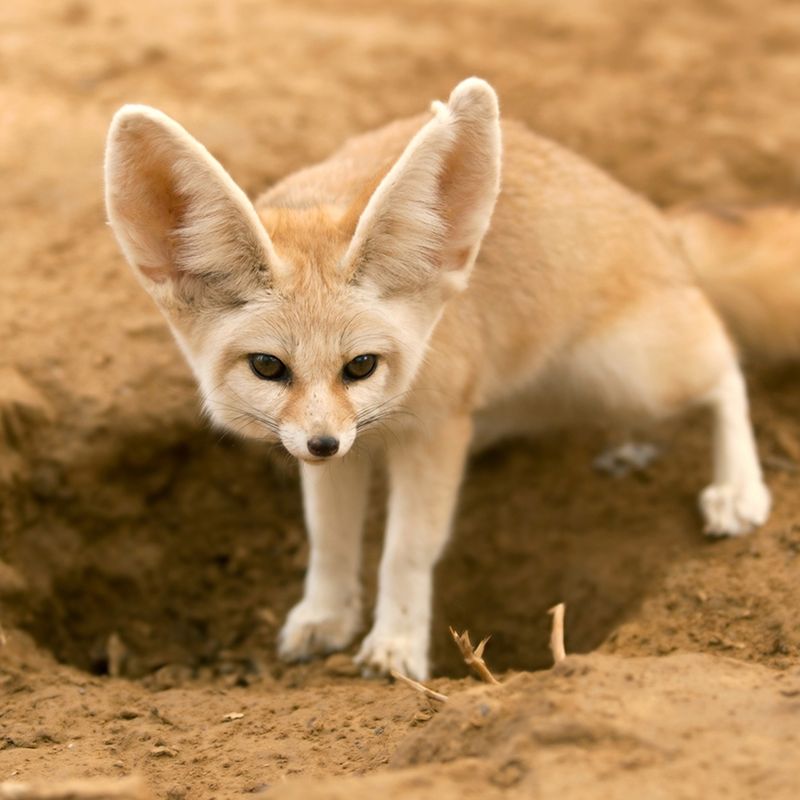
With ears like radar dishes, the fennec fox hunts for survival in the desert night. It doesn’t rely on direct water sources, drawing moisture from prey instead.
Its large ears dissipate heat, an essential adaptation for desert life. Burrows provide refuge from the sun’s intensity.
The fennec fox’s adaptability and charm make it a beloved desert inhabitant. Its nocturnal antics are a spectacle of survival.
Oryx
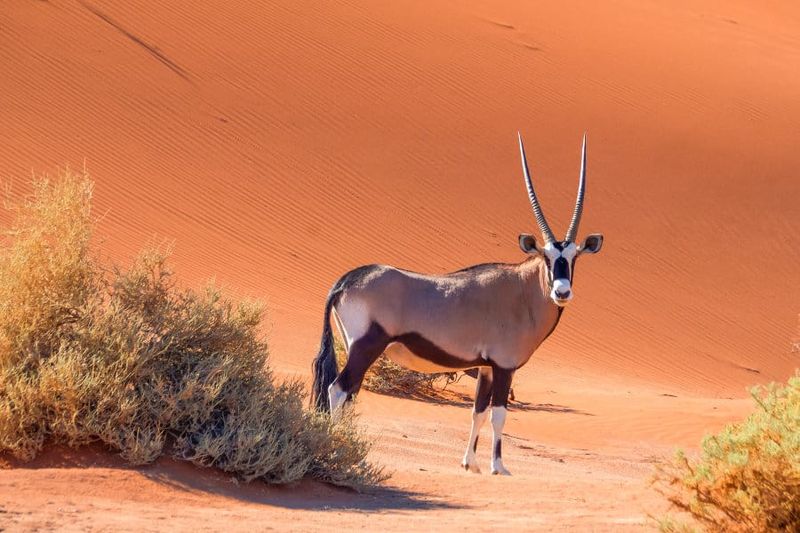
Statuesque and resilient, the oryx can endure extreme desert conditions. It reduces water loss by allowing body temperature to rise safely.
Feeding on moisture-rich plants, the oryx minimizes its need for water. This antelope’s elegance belies its hardiness.
The oryx’s survival methods highlight the ingenuity of desert adaptation. Its presence is a striking symbol of desert life.
Scorpion

Cunning and elusive, the scorpion thrives in some of the harshest environments. It can slow its metabolism, reducing the need for water and food.
Scorpions are solitary hunters, capturing prey that provides necessary hydration. Their nocturnal lifestyle helps avoid dehydration.
The scorpion’s survival tactics are a marvel of adaptation. Its presence in the desert is both feared and respected.
Rattlesnake
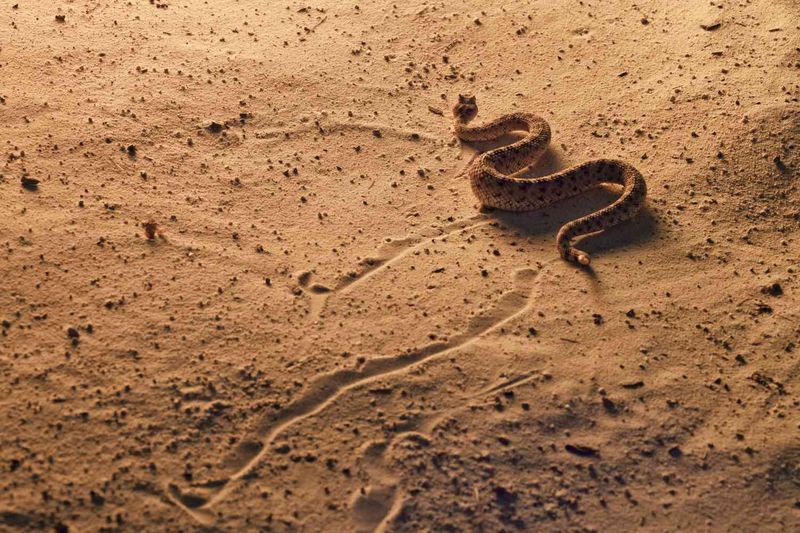
Coiled and ready, the rattlesnake is a master of desert survival. It can go weeks without food or water, relying on efficient energy use.
Camouflaged against the rocky terrain, it strikes with precision when hunting. This ensures maximum efficiency with minimal resources.
The rattlesnake’s adaptations make it a formidable desert predator. Its survival is a blend of patience and power.
Sidewinder
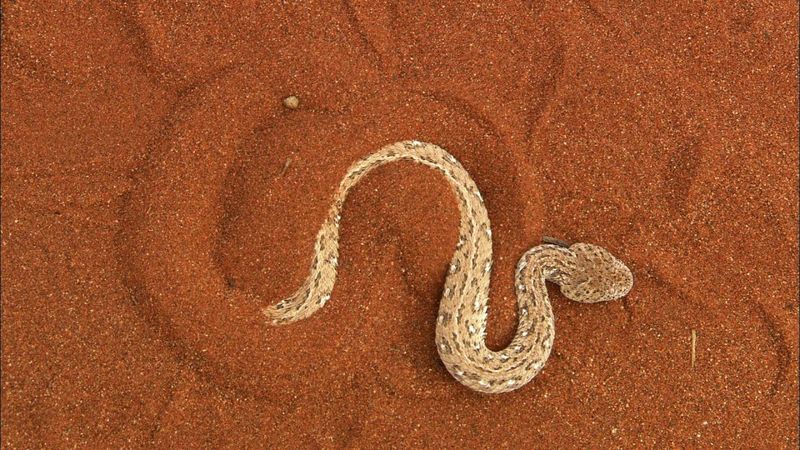
With a unique sideways motion, the sidewinder snake glides over hot desert sand. Its movement minimizes contact with the ground, reducing heat and water loss.
Primarily nocturnal, it hunts small animals, extracting moisture from its prey. This lifestyle is perfectly suited to its arid environment.
The sidewinder’s distinctive locomotion is a brilliant adaptation. Its presence is a testament to the innovation of life in the desert.

